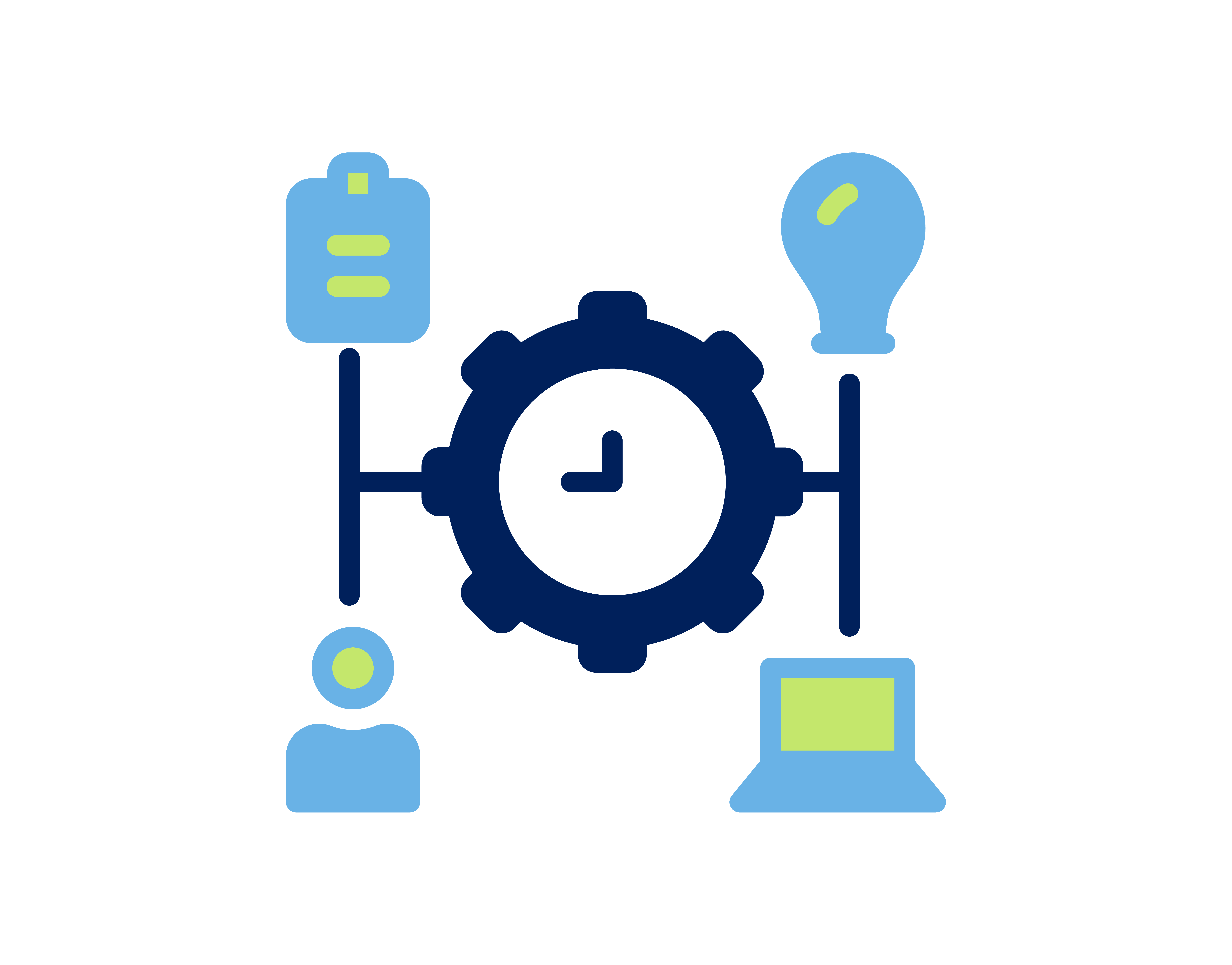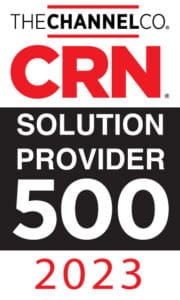Fueling Growth with Dependable Technology Foundation

Growing Your Organization
Can Be Easy with the Right
Team on Your Side
At Ascend Technologies, we recognize the pivotal role that a dependable and secure IT infrastructure plays in driving business excellence. Embracing this significance, we offer a comprehensive suite of Managed Infrastructure Services designed to seamlessly propel your organization toward success. Our tailored solutions empower you to channel your energy into core objectives while we safeguard, optimize, and advance your IT landscape.
Your Partner in Seamless Infrastructure Management
Our Managed Infrastructure Services provide you with an agile and fortified IT framework, granting you the freedom to focus on your organization’s growth trajectory. From designing and implementing custom IT setups to vigilant management and security measures, we are your partners in amplifying efficiency, safeguarding data, and ensuring uninterrupted operations. Here’s what we have to offer:

- Custom IT Infrastructure Design: Tailored to your business needs, our solutions bolster efficiency and security, aligning seamlessly with your objectives
- Ongoing Management and Support: Enjoy continuous monitoring, timely issue resolution, and system updates, allowing you to stay ahead
- Bespoke Network Solutions: Unique to your organization, our network designs foster scalability and deliver industry-specific performance
- Engineering Design Expertise: Elevate your network’s performance and security with specialized services, and technologies such as traffic analysis and security assessments
- Profound Network Design Insights: Our experts offer guidance on crucial design factors, ensuring optimal voice, video, and data traffic management
- Holistic Network Security: Fortify your network with robust firewalls, routers, and switches, safeguarding it against future cyber threats
- AI-Driven Next-Generation Firewalls: Leverage cutting-edge firewalls for maximum security, aided by our expert configuration
- Efficient Configuration and Maintenance: Let us handle firmware updates, security patches, and performance management
- Proactive Monitoring and Patching: Minimize downtime and vulnerabilities through continuous monitoring and prompt patch management
- Endpoint Security Measures: Secure network entry points with advanced anti-malware, antivirus, and intrusion detection measures
- Comprehensive Backup Administration: Ensure data protection and privacy compliance with our meticulous cloud backup administration

Why Choose Ascend for Managed Solutions?
Tailored Solutions for Your Organization
Our process begins with a deep understanding of your business goals and challenges. We design and implement custom IT infrastructures that perfectly align with your unique needs, optimizing performance and security to give you a competitive edge.
Proactive Security Expertise
We take a proactive approach to security, continuously monitoring for vulnerabilities and threats. By staying ahead of potential issues, we ensure your data remains secure, and your operations run smoothly, allowing you to focus on growth with confidence.
End-to-End Support and Collaboration
From design to ongoing management, we provide comprehensive support. Our collaborative approach ensures that your inputs are valued, resulting in finely tuned solutions. We act as an extension of your team, delivering efficient, adaptable, and forward-looking IT and infrastructure-managed solutions.
Our Core Values
At Ascend, our core values are the foundation of our success. We are committed to our clients’ success and prioritize accountability and unquestionable integrity in everything we do. While offering specialized expertise and technology services, we approach our work as one team, guided by humility and mutual respect.

Commitment to Client Success
Our actions and words always align with the best interest of the client.

Unquestionable Integrity
Even in the absence of observation, we consistently do what is right.

One Team with Humility & Respect
With grace and dignity, we selflessly contribute to each other’s success.

Personal Accountability
We expect to be held accountable and we are expected to hold each other accountable.
Frequently Asked Questions
Why is a reliable IT infrastructure important?
A reliable IT infrastructure serves as the backbone of your operations. It ensures that your systems run smoothly, data remains secure, and your workforce can collaborate seamlessly. With a dependable infrastructure, you can avoid disruptions, maintain customer trust, and position your organization for consistent growth. Our Managed Infrastructure Services are designed to provide the reliability you need to thrive in today’s competitive landscape.
How do you customize network solutions?
We understand that each organization is unique, and that’s why our approach to network solutions is never one-size-fits-all. We start by getting to know your organization’s specific needs, industry requirements, and growth plans. Our expert team then designs a network solution that is tailored to your organization, ensuring optimal performance, scalability, and security. This customized approach guarantees that your network supports your business objectives seamlessly.
What is endpoint security?
Endpoint security is a crucial component of your overall cybersecurity strategy. It involves protecting the various entry points, or “endpoints,” into your network and systems. These endpoints can include devices such as laptops, desktops, mobile phones, and servers. Our Managed Infrastructure Services implement advanced measures such as antivirus software, anti-malware tools, and intrusion detection systems. By securing these entry points, we prevent unauthorized access and potential cyber threats from compromising your data and operations.
How do you ensure data protection?
Data protection is of paramount importance in today’s data-driven world. Our Managed Infrastructure Services include comprehensive backup administration and monitoring. We establish a robust backup system that ensures regular and automated data backups, minimizing the risk of data loss due to hardware failures, cyberattacks, or human errors. Additionally, we ensure compliance with relevant privacy laws and regulations, giving you peace of mind that your critical information is safe even in the face of unexpected challenges.
What is the process for designing and implementing IT infrastructure?
Our process begins with a thorough analysis of your organization requirements and goals. We collaborate closely with you to understand your specific needs and challenges. Based on this understanding, our expert team designs a custom IT infrastructure that optimally supports your operations. This design phase is followed by meticulous implementation, where we deploy the necessary hardware, software, and configurations to bring your tailored IT environment to life. Our ongoing management and support ensure that your infrastructure remains efficient, secure, and up-to-date.
How do you stay proactive in maintaining network security?
We believe in proactive cybersecurity measures to minimize vulnerabilities. Our team continuously monitors your network for any signs of performance or security issues. Through advanced monitoring tools and techniques, we identify potential threats and vulnerabilities in real-time. In addition, we provide prompt patch management to address any known vulnerabilities before they can be exploited. This proactive approach minimizes downtime, reduces risks, and helps keep your data safe from evolving cyber threats.
Ready to Harness the Potential of a Robust IT Infrastructure?
Contact us now to explore how Ascend’s Managed Infrastructure Services can drive your organization through digital transformation toward unmatched growth and security. Let’s transform your IT landscape together!





